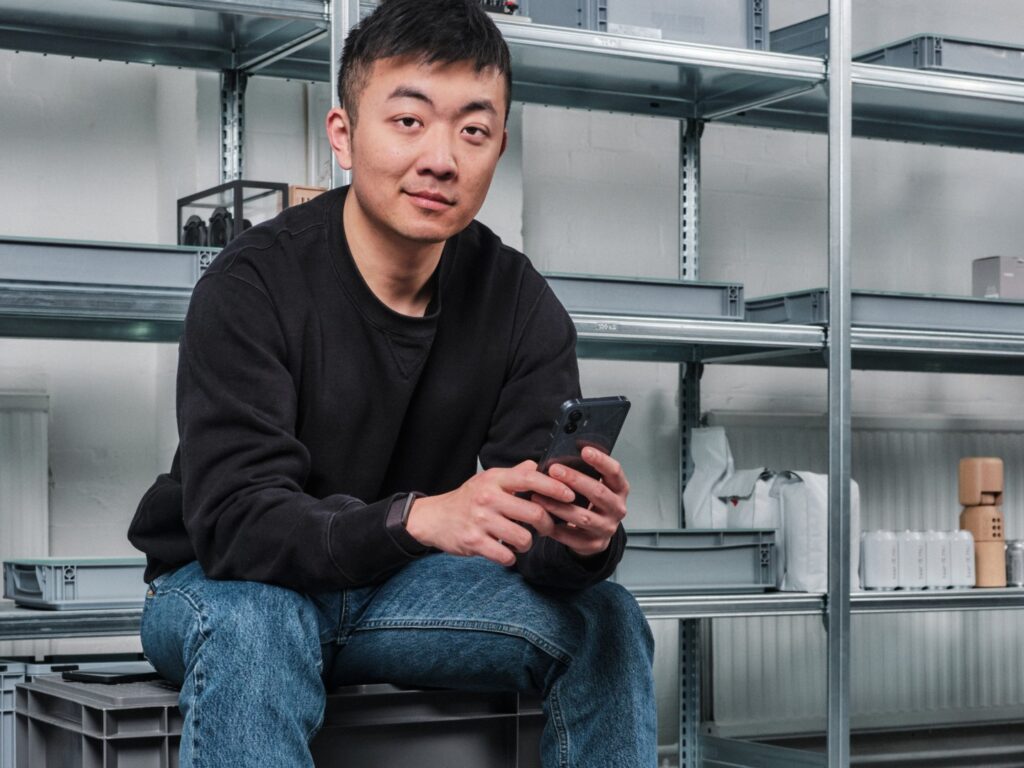Samsung’s 2nm Exynos 2600 to Power Next Galaxy S26 Ultra
Samsung Electronics is preparing to use its new Exynos 2600 chip in next year’s flagship Galaxy S26 Ultra smartphone, according to industry sources and analysts. This marks a return to the high-end mobile processor market for the company’s in-house chip line after a two-year absence, and its success is considered a key factor for the company’s semiconductor divisions.

After the Exynos line was not included in the Galaxy S25 series due to past issues with overheating and efficiency, Samsung has begun mass production of the new 2nm processor. The company’s System LSI division, which produces the chips, aims for the Exynos 2600 to improve its market position and financial results.
The Exynos 2600 is manufactured using Samsung’s 2-nanometer Gate-All-Around (GAA) process. It is anticipated to be the first flagship mobile chip to use this technology, providing Samsung’s foundry business with an opportunity to demonstrate stable mass production. To address previous thermal issues, the chip includes a new “heat path block” feature intended to enhance efficiency and stability.
“Samsung’s foundry business is moving out of its worst phase and onto a recovery path,” said Park Kang-ho, an analyst at Daishin Securities. “Next year, new orders along with the use of Exynos processors in the upcoming Galaxy S26 Ultra are expected to lift utilisation further and drive continued earnings improvement.”
Initial Geekbench test results indicate strong performance. With a single-core score of 3,309 and a multi-core score of 11,256, the Exynos 2600 is closely aligned with the scores of Qualcomm’s upcoming Snapdragon 8 Elite Gen 2, which scored 3,393 and 11,515, respectively. These results are an improvement over previous benchmark scores.
The use of the in-house chip is also expected to have a financial benefit. By using the Exynos 2600 in the Galaxy S26 series, Samsung’s mobile division may reduce its production costs. The foundry business is also projected to see improved earnings. Recent estimates suggest the Device Solutions division, which includes the LSI and foundry units, is forecast to achieve an operating profit of KRW 5 trillion (USD3.6 billion) for the July-September period, an increase from the previous quarter.



